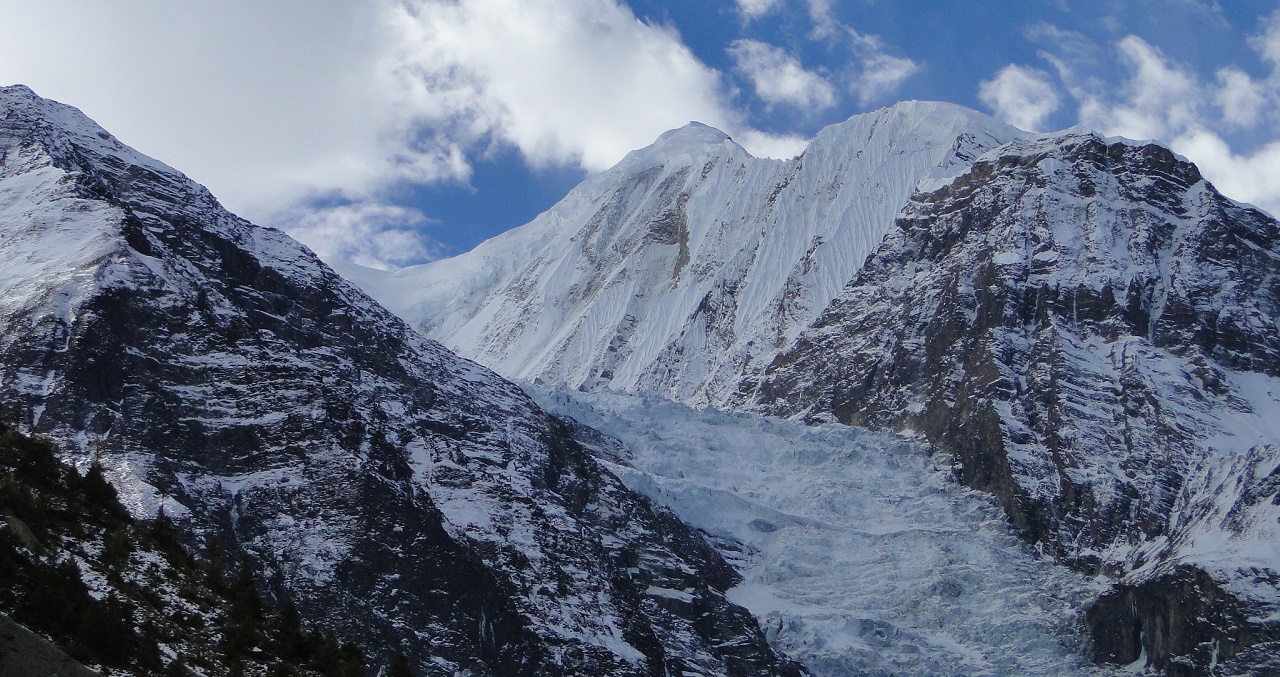
Concerns that the glaciers on the Tibetan plateau will melt away within just a few decades are greatly exaggerated. Instead, the water flow in many of the major rivers within the area will rise, with the risk of flooding. This, according to new research.
In 2007 the Intergovernmental Panel on Climate Change (IPCC) wrote that the Himalayan glaciers will have melted away in 2035, but this notion was based on an old newspaper interview and not on any peer-reviewed scientific study.
The whole situation was quickly denied by the IPCC and was not part of the scientific evidence on climate change presented later. Despite this, the notion became widely spread around the world, not least among the hundreds of millions of people that depend on water flowing from the glaciers as a fresh water supply.
According to a new study published in Global and Planetary Change, the situation is not quite as serious when it comes to the water supply as previously thought.
The researchers could see that the glaciers will remain in 2070 if extrapolating with data on known global warming effects and steadily rising mean temperatures.
But with rising temperatures, precipitation will increase in the coming decades. This implies a stable and even increasing water supply.
The researchers note that the declining water resources from shrinking glaciers will be offset by increased rainfall. But more rain could also mean flooding.
Glaciologist Regine Hock is a professor of geophysics at the Fairbank University of Alaska and participated in the study, “We have calculated that about half of the volume will have melted away by the end of 2100, they will be around for a while but they will decrease.”
_____________
Su, F., L. Zhang, T. Ou, D. Chen, T. Yao, and K. Tong, Y. Qi, 2016: Hydrological response to future climate changes for the major upstream river basins in the Tibetan Plateau, Global and Planetary Change, 136, 82-95, doi:10.1016/j.gloplacha.2015.10.012.
__________________________

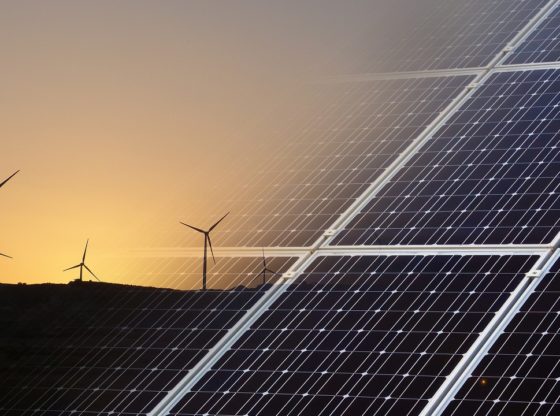
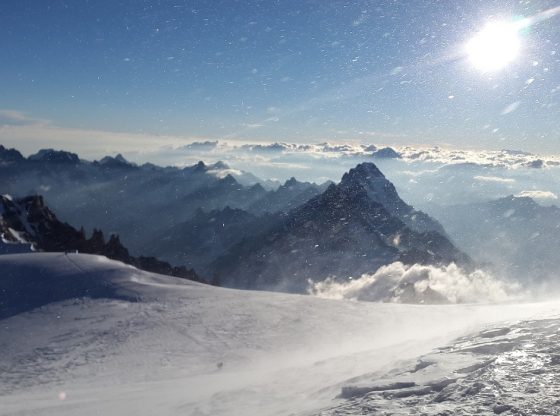
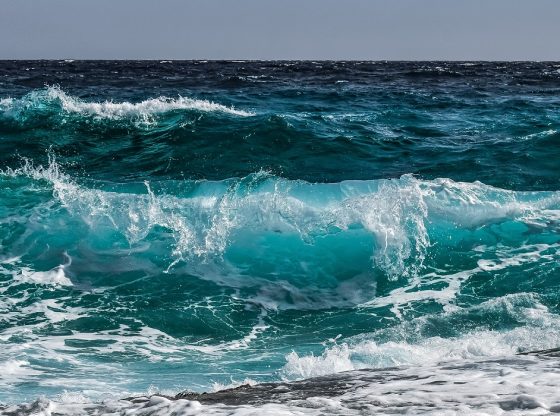
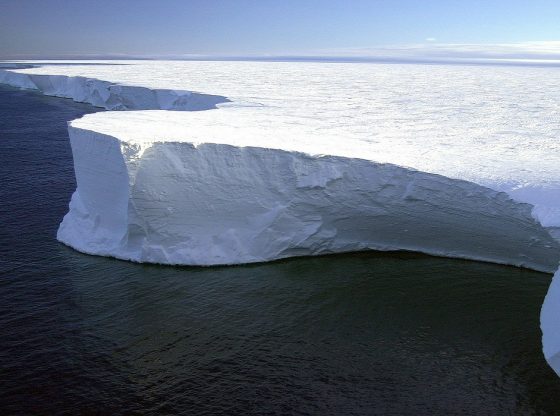
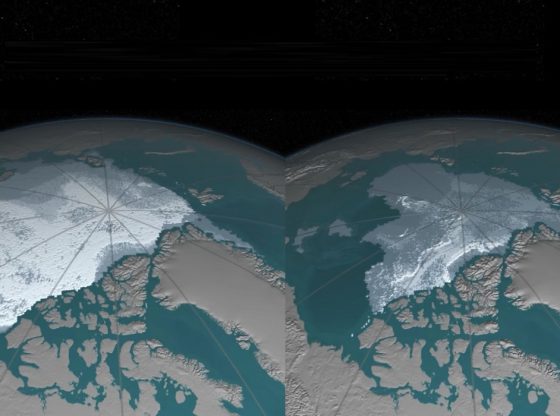
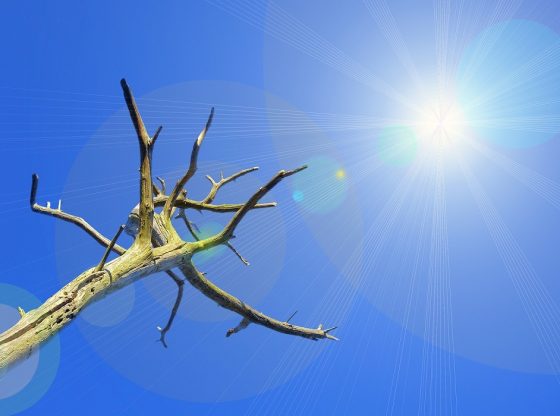
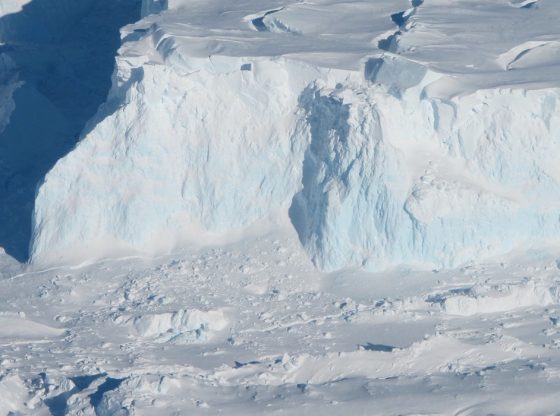
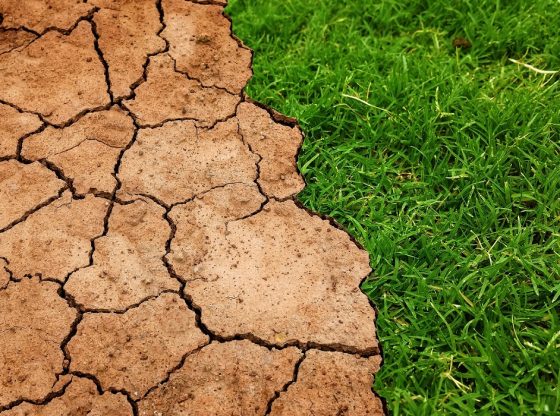
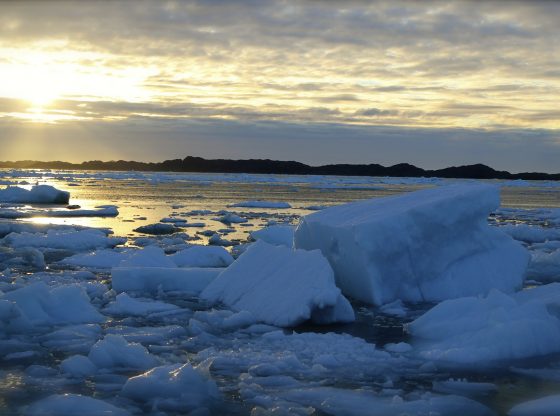
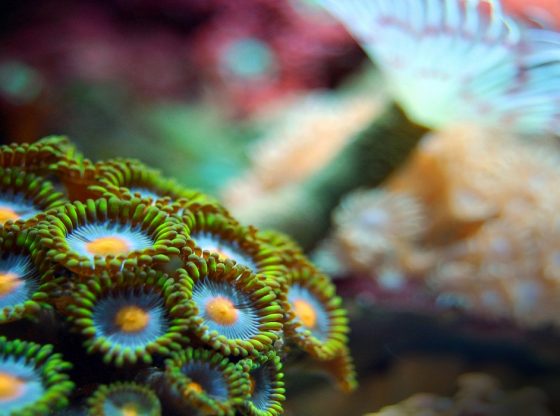
![OpenAI. (2025). ChatGPT [Large language model]. https://chatgpt.com](https://www.illustratedcuriosity.com/files/media/55136/b1b0b614-5b72-486c-901d-ff244549d67a-350x260.webp)
![OpenAI. (2025). ChatGPT [Large language model]. https://chatgpt.com](https://www.illustratedcuriosity.com/files/media/55124/79bc18fa-f616-4951-856f-cc724ad5d497-350x260.webp)
![OpenAI. (2025). ChatGPT [Large language model]. https://chatgpt.com](https://www.illustratedcuriosity.com/files/media/55099/2638a982-b4de-4913-8a1c-1479df352bf3-350x260.webp)








